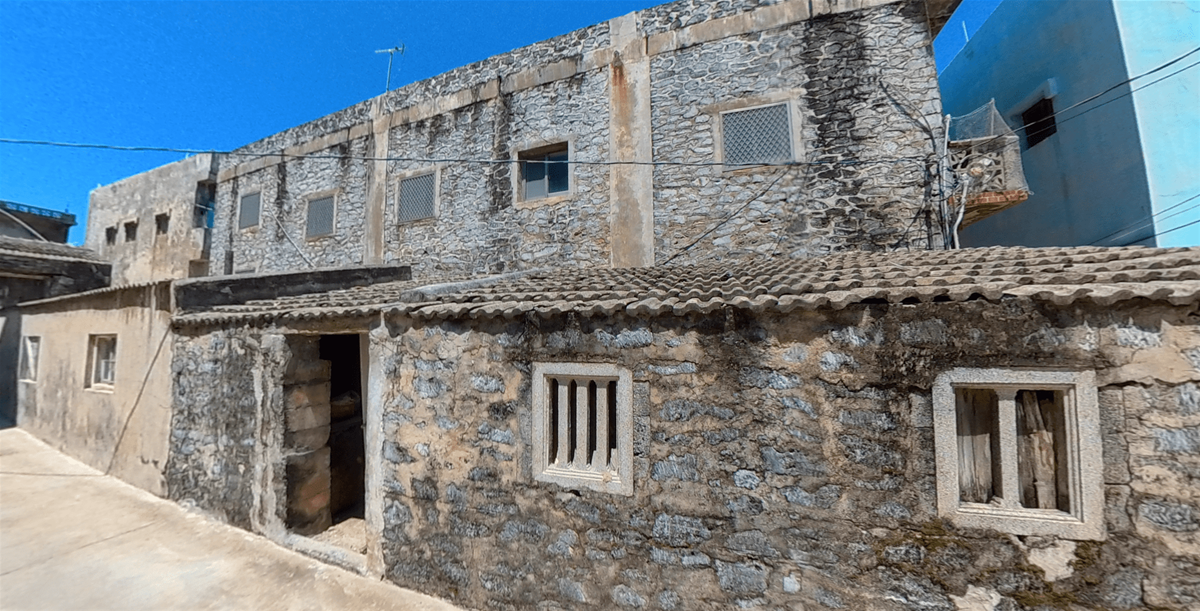Jibei Wusheng Temple Introduction
Jibei Island is the largest island in the northern sea of Penghu, with the main village cluster concentrated between Guanyin Temple and Wusheng Temple. Like most areas in Penghu, the early houses on Jibei were often constructed using coral stone or basalt. Coral stone is a type of limestone that accumulates on the seabed after coral die. When the salt content of the rocks decreases, it can be used as a building material. The construction process involves first nailing iron rods into the ground to secure ropes that delineate the boundaries of the stone walls, followed by neatly stacking the stones, which is a characteristic feature of Penghu architecture. The Wusheng Temple at the center of the village is the oldest temple in Jibei, featuring two stories and dedicated to the main deity Wenheng Shengdi, also known as Guan Yu or Guan Sheng Dijun. Nearby, the Guanyin Temple serves as another center of faith for the villagers. According to legend, over a hundred years ago, a red light appeared in the eastern sea off Jibei, and the villagers discovered a golden statue of Guanyin. They brought it back and initially enshrined it in Wusheng Temple, later raising funds to build the present Guanyin Temple, which led to increased prosperity for Jibei. Behind the village, many vegetable houses can be seen, built with basalt or coral stone walls to withstand strong winds and promote healthy crop growth. Walking north toward the coast, one can see beautiful beaches and sandbars. In recent years, notably, due to the transportation and accumulation of ocean currents, the sandbar at the northwest end of Jibei Island has been steadily growing, creating a lagoon-like terrain that is almost connected to the land, significantly increasing the area of Jibei Island!





















